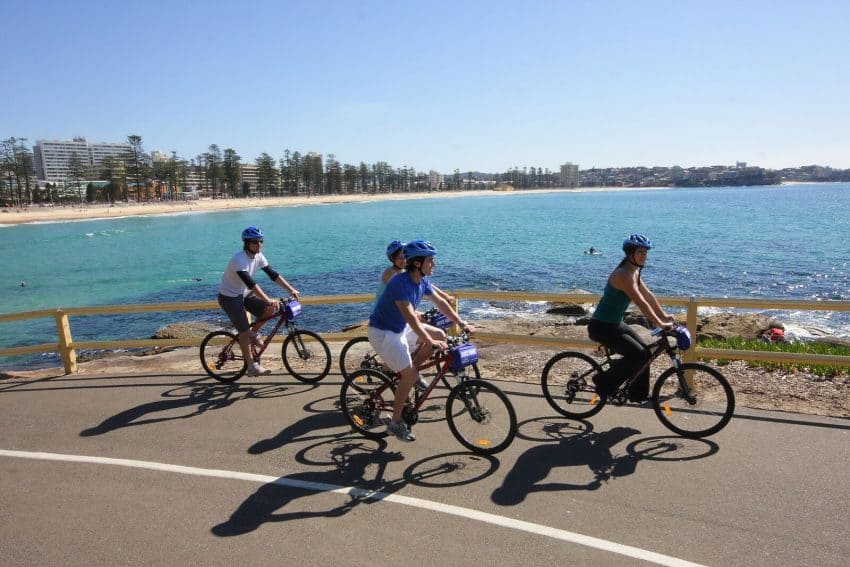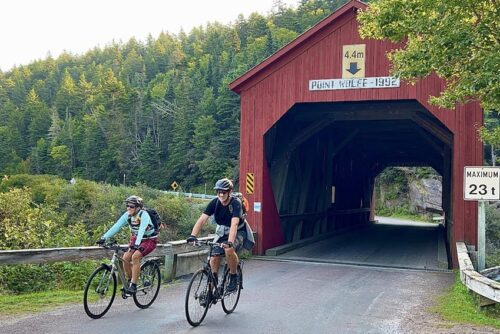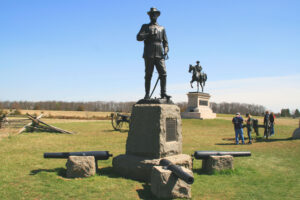
Bike Safety Tips on Your Favorite Trails
By Oscar Davis

Bike trails are a wonderful way to enjoy the great outdoors, get some exercise, and explore new places. But like any physical activity, biking comes with its own set of risks.
Whether you’re an experienced cyclist or a beginner, it’s essential to take safety precautions to avoid accidents and injuries.
Here are some tips for staying safe while biking on trails:
Wear a helmet: A properly fitted helmet can prevent serious head injuries in the event of a fall or collision. Make sure your helmet fits snugly and covers your forehead.
Follow the rules of the trail: Different bike trails may have different rules and regulations. It’s important to follow posted signs and stay within designated bike lanes or paths. Be mindful of other trail users, including pedestrians and other cyclists.
Check your bike before you ride: Make sure your bike is in good working order before you set out on the trail. Check the brakes, tires, and chain to ensure everything is functioning properly.

Be visible: Wear bright, reflective clothing or accessories to make yourself more visible to others on the trail, especially in low-light conditions.
Stay alert: Keep an eye out for hazards on the trail, such as potholes, debris, or other obstacles. Be aware of your surroundings and anticipate potential dangers. Road bike or electric bike, you need to keep your eyes on the road ahead.
Signal your intentions: Use hand signals to communicate with other cyclists and pedestrians on the trail. Make sure to signal before turning or changing lanes.
Even with the best safety precautions, accidents can still happen. If you have an accident while biking on a trail, here’s what you should do: Assess the situation: Check yourself for injuries and assess the damage to your bike. If you’re injured, seek medical attention as soon as possible.
Move Your Bike off the Trail
Move to a safe location: If you’re able, move yourself and your bike off the trail to a safe location, away from other cyclists and pedestrians. Exchange information: If there were other parties involved in the accident, exchange contact information and insurance information.

Report the accident: If the accident was serious, you may need to report it to local authorities. Even if it was a minor accident, it’s a good idea to document the incident for insurance purposes.
Get back on the bike: If you’re physically able, don’t let a biking accident keep you from enjoying the trails in the future. But make sure to take extra precautions to avoid a repeat accident.
In conclusion, biking on trails can be a fun and healthy activity, but it’s important to prioritize safety. By following these tips and taking proper precautions, you can reduce your risk of accidents and injuries while enjoying the great outdoors.
And if an accident does occur, stay calm, assess the situation, and take the necessary steps to ensure your safety and well-being.
What to Do in a Bike Accident
If you are involved in a bike accident on a trail, you may have legal rights to compensation for your injuries and damages. Here are some steps to take to protect your legal rights:
Call 911: If you or someone else is injured in the accident, call 911 immediately. Even if you think your injuries are minor, it’s still a good idea to report the accident to law enforcement.
Gather information: Exchange contact information with any other parties involved in the accident, including names, phone numbers, and insurance information. Also, try to get the contact information of any witnesses to the accident.
Take pictures: Use your phone or camera to take pictures of the accident scene, any damage to your bike, and any injuries you have sustained.

Seek medical attention: Even if you feel fine after the accident, it’s important to get checked out by a doctor. Some injuries may not show symptoms immediately, and it’s better to be safe than sorry.
File a police report: If law enforcement did not respond to the accident scene, file a police report as soon as possible. This report will provide documentation of the accident and may be useful if you need to file an insurance claim or pursue legal action.
Notify Insurance Company
Notify your insurance company: If you have insurance coverage for your bike, notify your insurance company of the accident as soon as possible. They will help you file a claim and provide guidance on what to do next.
Consult with an attorney: If you have sustained serious injuries in the accident, or if the other party involved in the accident is disputing liability, it may be wise to consult with a personal injury attorney. They can help you understand your legal rights and options and guide you through the process of seeking compensation for your injuries and damages.
It’s important to note that the laws and regulations regarding bike accidents on trails may vary depending on your location. Make sure to research the laws in your area and consult with a local attorney if you have any questions or concerns. By taking these steps, you can protect your legal rights and seek the compensation you deserve after a bike accident on a trail.

Bike Accident Statistics
Bike riders are at a higher risk of having accidents and eventually getting injured. Reports say that males are at a higher risk of facing a bike accident.
The number of people cycling to work has increased by 64% between 2000 and 2012. It’s an attempt to save money and minimize the impact on the environment.
Higher Risk
But, on the other side, it puts the bike riders at a higher risk of traumatic injuries that result from the accident.
For example, motor vehicle crashes in 2015 killed nearly 817 bicyclists. This number was 13% higher than the year before, breaking the record for bike-related deaths since 1995.
In the case of bike accidents, getting injured is far more common than facing death. And injuries can range from simple scrapes to traumatic brain or spinal injuries that will require a bike accident injury lawyer.

Oscar Davis is a freelance writer in Leeds, UK.
- Saudi Arabia Might Be Your Next Getaway Spot - April 23, 2024
- Mongolia, the Land of Eternal Blue Sky - April 20, 2024
- These 9 U.S. National Parks Require Reservations in 2024 - April 17, 2024





